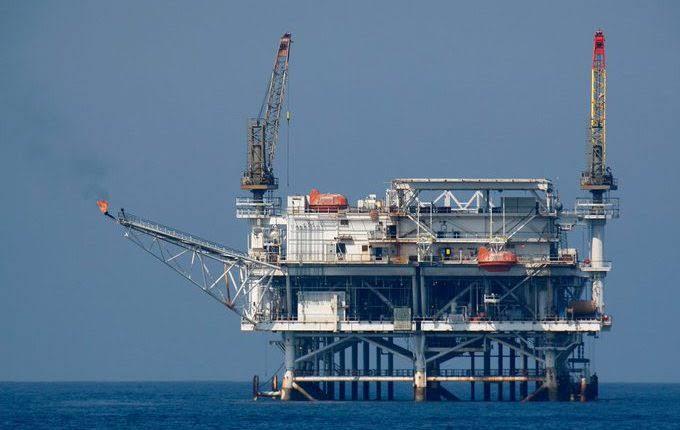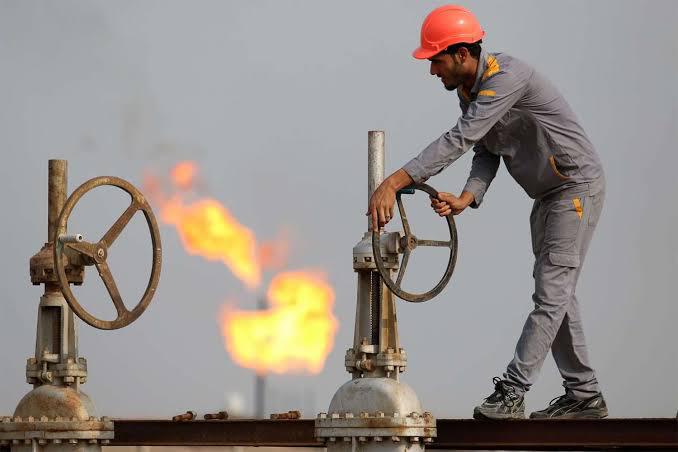After receiving the necessary government approval, Panoro Energy has announced that it has closed the previously announced farm-out agreement (FOA) on Block 2B offshore South Africa.
Last year, the company signed the FOA with a subsidiary of Africa Energy Corp., part of the Lundin Group of companies, for the acquisition of a 12.5% interest and the carrying of the relevant AEC subsidiary for up to $2.5 million of the well cost. Panoro’s funding of costs is subject to escrow funds being deposited by Azinam before the rig contract being signed, with the well expected to be spud by the end of 2021. The rig tender process is already underway.
AEC has also announced the completion of a farm-out whereby Azinam Limited will take a 50% share and operatorship in Block 2B.
According to the CEO of Panoro, John Hamilton: “Following our recently announced successful entry into Equatorial Guinea, we are pleased to now be adding a further country into our growing portfolio of African E&P assets. Block 2B represents a compelling exploration opportunity for Panoro, in a country with exciting world class oil and gas discoveries. The Gazania-1 well is an exploration prospect updip of an existing oil discovery with material potential upside. We look forward to drilling this well with our partners, Africa Energy and Azinam, by the end of the year.”
AZINAM LIMITED
Azinam is a private Southern Africa-focused oil and gas exploration company supported by Seapulse Ltd., a vehicle backed by Robert Friedland and Seacrest.
BLOCK 2B
Block 2B is located in the Orange Basin and covers 3,062 sq km off the west coast of South Africa 300 km north of Cape Town with water depths ranging from 50 to 200 meters. Oil was discovered and tested by Soekor in the A-J1 borehole drilled in 1988. Thick reservoir sandstones were intersected between 2,985 meters and 3,350 meters. The well was tested and flowed 191 barrels of oil per day of 36 degrees API oil from a 10-meter sandstone interval at about 3,250 meters. Significant prospectivity has been identified over the entire A-J graben area using 686 square kilometres of 3D seismic data from 2013. Block 2B contains the A-J graben, a typical rift basin, similar to others in which major oil accumulations have been discovered in Africa. Using more recent 3D seismic data, significant upside potential has been identified in six prospect areas at depths of up to 1,000 metres shallower than the original well. The next proposed exploration well, Gazania-1, will be drilled into the Gazania and Namaqualand prospects identified on 3D seismic data.



